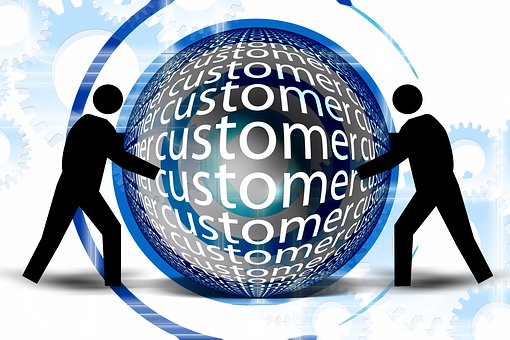Loyalty marketers have a tough job, with brands in a crowded retail space clamoring for the attention of consumers.
Many CMOs and CEOs are looking to loyalty for stability in a time defined by vacillating ideas, restless customers and volatile technologies.
Given the variable state of retail, the pressure on loyalty is warranted. It’s one of the few marketing programs left that broadly impacts all channels incrementally with measurable results.
Yet with that added pressure comes increased scrutiny. So here are a few Do’s and Don’ts to ensure that your program generates results.
The customer
When it comes to customer engagement, there’s a myriad different strategies for success that start with acquisition and stretch through retention. There’s even more debate over which strategies are most effective. Nonetheless, the importance of customer engagement can’t be overstated.
According to Nielsen:
- 74% of loyalty program participants would be more likely to keep doing business with companies that offer such programs.
- 67% of program participants are more likely to spend more and visit more frequently at companies that offer loyalty incentives.
Given these stats, it’s important that loyalty marketers…
Do: Focus incessantly on your best customers.
It’s the 80/20 rule. Eighty percent of program profits come from the top two deciles of your file. Focus on keeping them happy, increasing purchases and transitioning other members into those top two deciles. Retention and tier migration for the top 20% are the program’s backbone, and they deserve the most attention; they keep the program running.
Don’t: Worry about the little guys.
Likewise, the bottom 20% of the file is going to be classified as burnout once they’ve been there for a significant period. Some might cringe at the idea of letting these customers go but burnout is okay; it’s actually quite healthy for loyalty programs. Low-level members are just increasing liability and adding un-needed weight to the program without added benefit. Starve them out or make them to jump up tiers.
Hard and soft benefits
Many brands are reticent when it comes to either hard or soft benefits. With hard benefits, they’re scared of the liability or the discounting wars from the past decade. With soft, they’re afraid it won’t be enough; customers might leave the program over fluffy rewards.
You can find a happy medium for your brand if you…
Do: Get in touch with your emotions.
With loyalty, there are two ways to create behavior. Rewards create a stimulated motive. A sale for 20% off the entire store makes you want to shop, for example. But emotion creates its own stimulus. The customer loves the brand; the stimulus is internal and doesn’t need a lever.
Emotional engagement is more than just soft benefits. It’s how those benefits align to the brand story, tone of voice, communications strategy and the product itself. Human beings are naturally drawn to great stories and loyalty has an audience willing to listen, engage and align to the brand based on those stories. Make sure soft benefits help support that end-goal.
Don’t: Forget the transaction.
In the end, rewards are still going to drive a vast portion of behavior, especially early in the program’s lifespan. While emotional engagement is much more powerful, it’s also narrower, focused on the top decile. Rewards are far-reaching, and they can complement emotional engagement and help prime members to become ambassadors. Remember that rewards are the most measurable portion of the program.
Measurement
Analytics, ROI and measurement are perhaps the most complex parts of loyalty programs. The hunt for incrementality is challenging without the right partners, systems and strategic approaches. Even so, it’s the most important part of loyalty — you need results in today’s environment to get additional budget.
Do: Measure everything.
Measuring success isn’t about measuring totals and top-line growth. It’s meticulous and it happens at the customer level. To show success, you’ll need a 360-degree view of your customer’s actions — not just when they buy, but also what they click, what channels they use, ratings and reviews, share of wallet, and more. If it isn’t measurable, you can’t know what’s working and what isn’t, or what to improve and what to champion to the C-Suite.
Don’t: Rely on technology.
Technology partners will tell you they have dashboards that can house all your analytics needs. They don’t.
There are partners that understand loyalty marketing and have a clear plan of action to help you measure incremental gains and customer analytics, but they won’t be found in your technology or platform partner. Simply put, dashboards aren’t enough. Loyalty needs in-depth read-outs, consistent and meticulous attention to the small minutiae of customer interactions across complicated channels. Big cookie-cutter technology platforms can’t help you there.
Pressure is good
In the end, remember that the pressure being placed on loyalty marketers is a good problem. Loyalty is finally getting the recognition it deserves for putting the customer first, and understanding how brands can harness that sentiment and provide value back to members. With robust strategies and great analytics, the industry can turn that pressure into unrivaled success.
